Weight benches have long been a favorite among fitness enthusiasts wanting to maximize their gains, meaning no gym is complete without one.
However, these benches come in various different styles with a range of capabilities. It therefore pays for sellers to spend time researching which are the most suitable for their clients. Read on to discover which benches will make the best fit for your inventory in 2024.
Table of Contents
The size of the global weight bench market
7 tips to help curate your weight bench inventory in 2024
Conclusion
The size of the global weight bench market
According to research, the global weight bench market was valued at USD 680 in 2023 and is expected to grow to USD 1.233 billion by 2032 at an impressive 6.84% CAGR. The market owes this remarkable growth to a rising fitness consciousness among consumers, a surge in popularity in home gyms, and increasing memberships in fitness centers.
Flat benches accounted for the largest segment in the market, while home-use equipment generated the most income in 2023. North America emerged as the dominant market for weight benches in 2023 and is expected to maintain its lead over the forecast period.
7 tips to help curate your weight bench inventory in 2024
1. Flat benches vs. adjustable benches
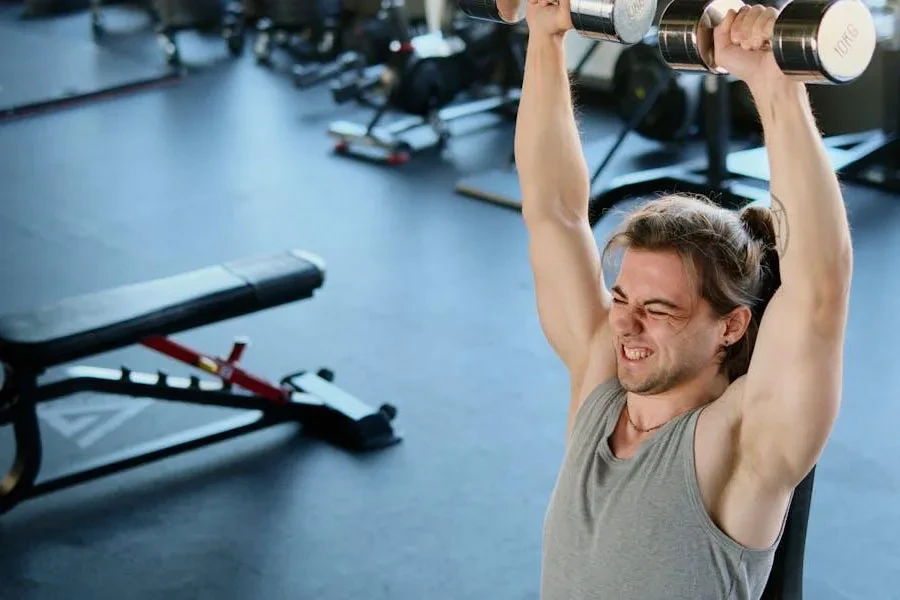
Most consumers will first decide between a flat or adjustable bench, with each offering a different way in which to work out.
Flat benches are compact, versatile, and tough, featuring resilient designs that can handle multiple compound and bodyweight exercises (think bent-over rows and bench presses). While flat benches can assist with some seated exercises, they don’t offer back support. Flat benches have anti-slip feet to stop shifting, thick steel frames, a sturdy weight, and high-density foam cushions, making them great for adding muscle mass, toning physiques, and developing strength.
On the other hand, adjustable benches are more versatile and can be customized according to a user’s preferred exercises, height, and limb length. Many prefer these benches for their back support, too. For this reason, consumers focusing more on seated workouts often opt for adjustable benches.
Overall, adjustable benches offer more support and customizability, and many are capable of lying flat like their counterparts. Because of this versatility, adjustable benches are more commonly found in most commercial and gyms.
2. Choose the appropriate gap size
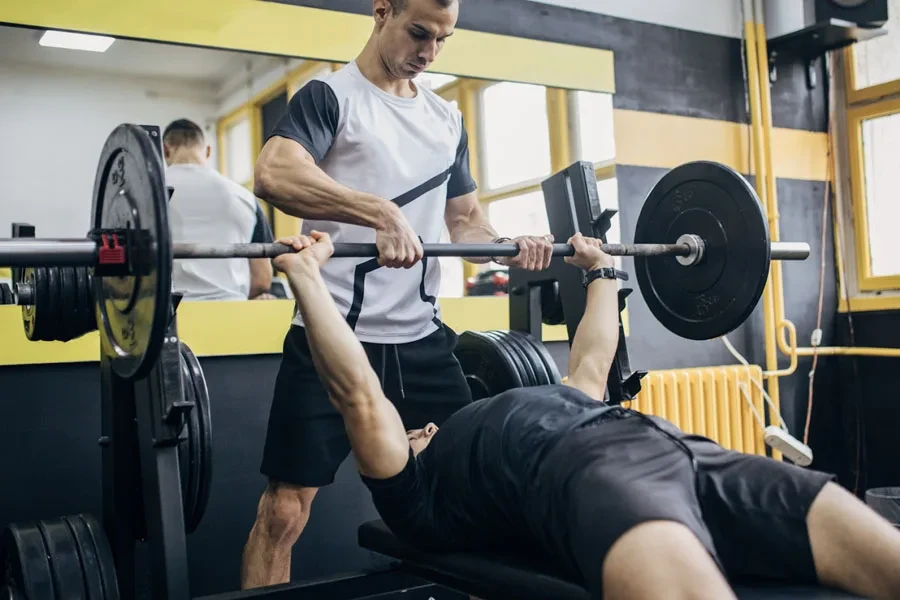
When sourcing adjustable benches, you’ll want to consider gap size, which determines a bench’s stability and comfort during workouts. Benches with adjustable gaps that are too small may prove uncomfortable, whereas gaps that are too large may make the equipment unstable and unsafe.
So, how do you determine the right gap size for different consumers’ needs? First, you must consider body size and the type of exercises they want to perform. Taller consumers or those with longer legs will want larger seat gaps to accommodate their height, helping to increase comfort during exercises that involve lots of movement.
3. Prioritize easy adjustability
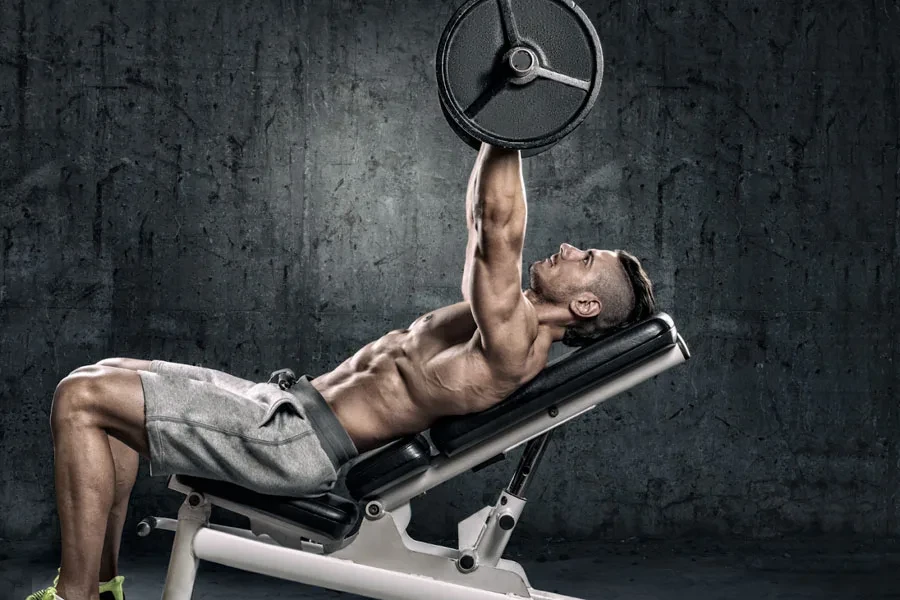
Adjustable benches should also be able to accommodate more than one position. The best adjustable weight benches will allow for seamless adjustments, making it easy for users to easily and quickly change bench height and angles for more personalized workouts – no one wants to struggle getting the perfect bench position. Weight benches with easy adjustability make switching between multiple exercises a breeze, boosting their chances of sales.
4. Ensure quality cushion material and thickness
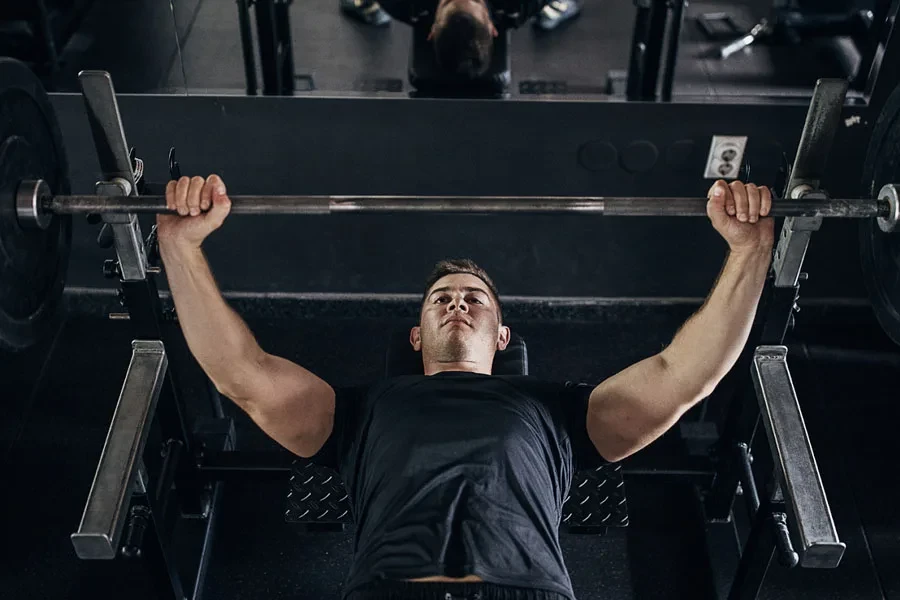
Sellers must prioritize cushion material quality and thickness. High-quality weight benches must have comfortable cushioning materials for enough stability as well as waterproof enough to repel sweat.
High-density foam is the most common material used in weight benches due to its firmness and comfort. Rebonded foam is a great alternative as it is more environmentally friendly and can handle heavy lifting. Memory foam is another great cushion material, especially if consumers want the most comfortable experience possible.
For thickness, weight bench foam layers should be at least 2 to 3 inches thick for maximum safety and comfort. This should provide enough padding without fear of it wearing out or peeling off.
5. Choose the right load capacity

While all workout benches are designed to handle weightlifting, their specific load capacity can vary. However, sellers should keep in mind that not all weight benches specify the amount of weight they can sustain.
Even those that do offer load capacity limits will depend on the user’s weight and what they lift. Most usually come with a 300-pound load capacity, which is more than enough for most people. However, target consumers will need something sturdier if they are heavier.
6. Get the right weight
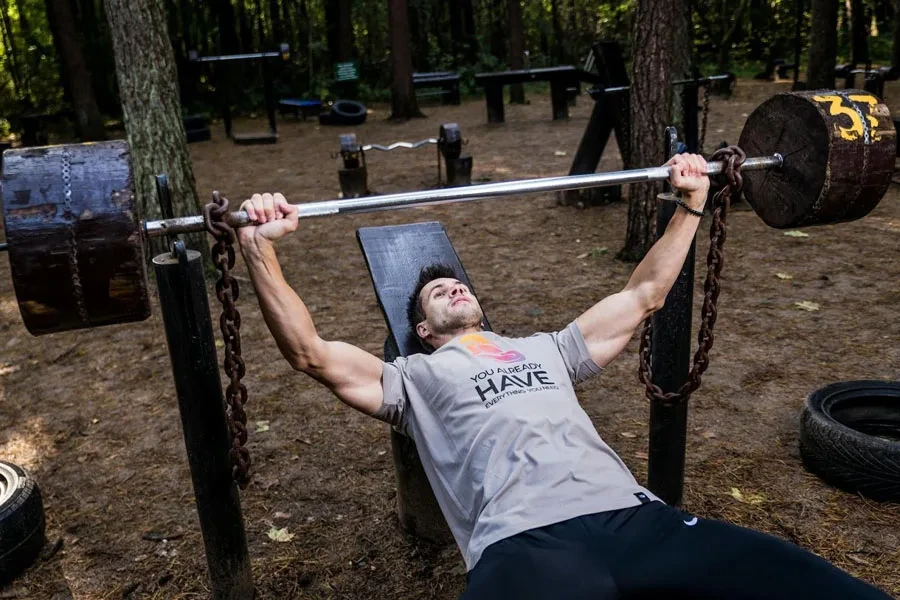
Product weight also plays a huge role in stability. Usually, the heavier the equipment, the more stability it offers during exercises. So, if consumers plan to lift heavy weights, they will need a sturdier bench to prevent accidents and injuries.
But there’s more. Product weight goes beyond stability, and is a big indicator of construction material quality. Manufacturers often build heavier benches with higher-quality materials. So, as a rule of thumb, go for benches heavier than 40 pounds for enhanced stability and quality. While lighter and smaller benches are tempting (especially for their space-saving benefits), they may break under higher weights.
7. Source the right dimensions
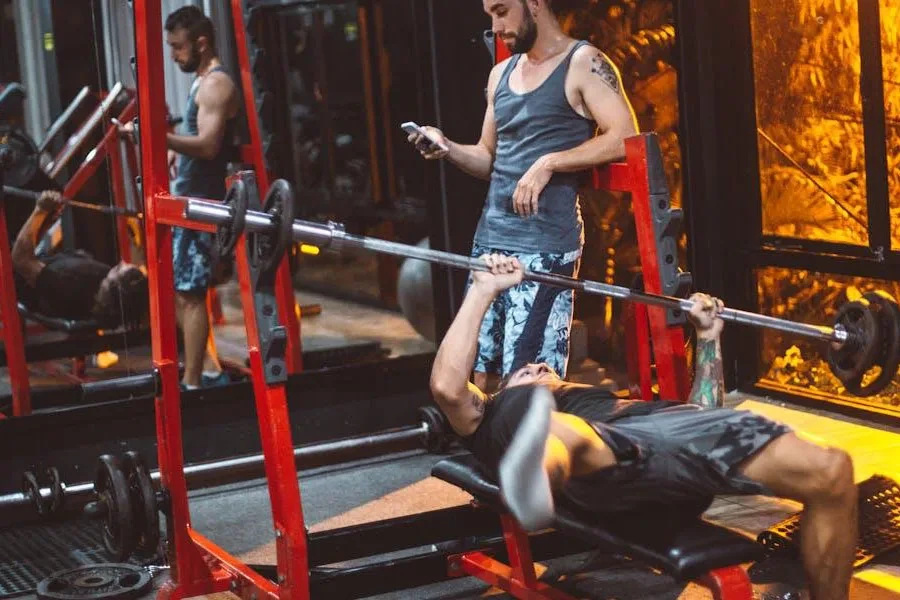
Space is another big consideration for home users, with consumers likely choosing a bench that matches their home’s space. Those with limited space may want something like a foldable weight bench that they can easily tuck away when not in use.
Sellers must also offer benches according to their target consumers’ size and height. Weight benches must have the right width to allow consumers to lie down without issues or obstruction to downward arm movements. Similarly, the ideal height will enable consumers to lie firm while planting their feet on the ground.
Use the table below to analyze different weight benches’ dimensions and who they are best suited for:
| Dimensions | Suitable for |
| 48″ L x 17″ W x 17″ H | Short users or those with limited space |
| 48″ L x 20″ W x 17″ H | Average-sized users |
| 60″ L x 20″ W x 17″ H | Tall users or those who have more space |
| 48″ L x 17″ W x 18″-20″ H (adjustable) | Users who want to adjust the incline level for different exercises |
| 48″ L x 20″ W x 18″-20″ H (adjustable) | Average-sized users who wish for an adjustable bench |
| 60″ L x 20″ W x 18″-20″ H (adjustable) | Tall users or users who prefer more space with adjustability |
Conclusion
Not all weight benches are created equal. Some prioritize user experience, coming with all the necessary features to suit their needs, while others only come with the bare necessities. Businesses must consider the seven factors discussed above to pick the right benches for their business.
For more information about the best sports products to sell in 2024, subscribe to the sports section of Alibaba Reads.




